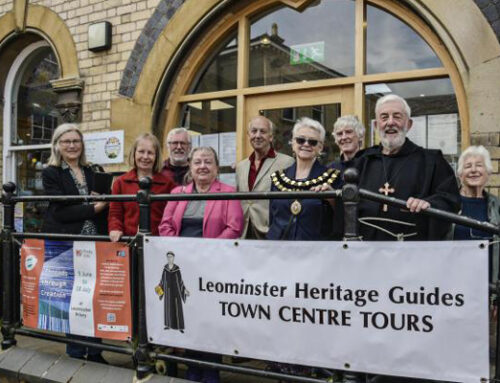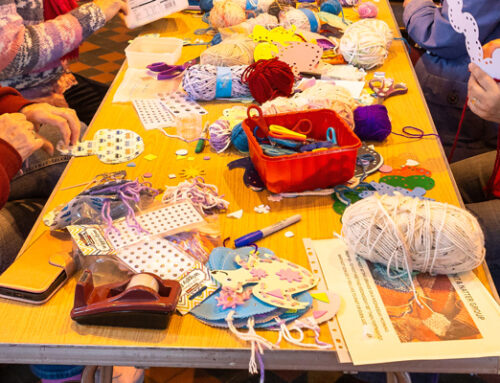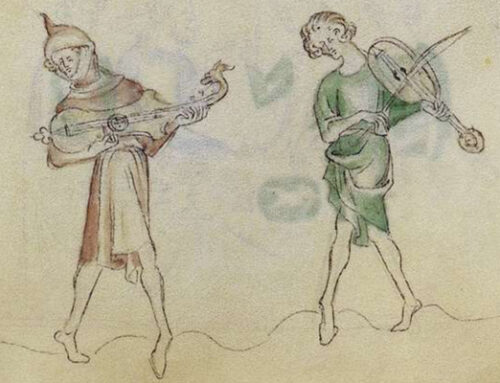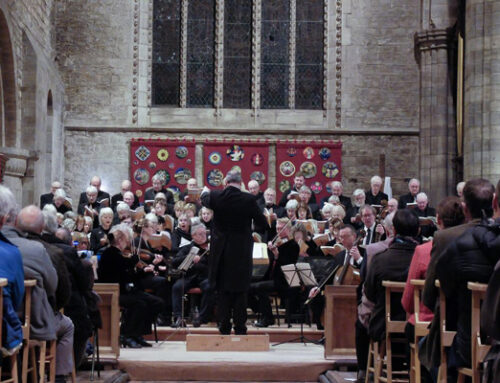
Reliquaries are the containers that store and display relics. Since the relics themselves were considered “more valuable than precious stones and more to be esteemed than gold,” it was considered only appropriate that they be enshrined in vessels, or reliquaries, crafted of or covered by gold, silver, ivory, gems, and enamel. These precious objects constituted a major form of artistic production across Europe and Byzantium throughout the Middle Ages.
From its refounding in 1125 until the early 16th-century the Priory at Leominster was thriving. Daily life still revolved around the dignified observance of religious services, and people from across society entrusted the monasteries with their spiritual salvation, also turning to them for hospitality, employment, education and charity. Leominster Priory was home to shrines containing famous relics, attracting pilgrims from across the land. All were lost at the dissolution of the monasteries by Henry VIII and Thomas Cromwell.
Monday 7th July 6pm ‘The role of reliquaries – a case study of the Becket Reliquary of Hereford Cathedral’
Hereford Cathedral Archivist, Elizabeth Semper O’Keefe gives a short introduction to the Cathedral’s Becket Reliquary giving context to the Priory’s history as a place of pilgrimage. £5
Christian belief in the power of relics, the physical remains of a holy site or holy person, or objects with which they had contact, is as old as the faith itself. Relics were more than mementos. The body of the saint provided a spiritual link between life and death, between man and God. The veneration of relics in the Middle Ages came to rival the sacraments in the daily life of the medieval church. From the time of Charlemagne, it was obligatory that every altar contain a relic.
Follow this link to book your tickets on TicketSource




